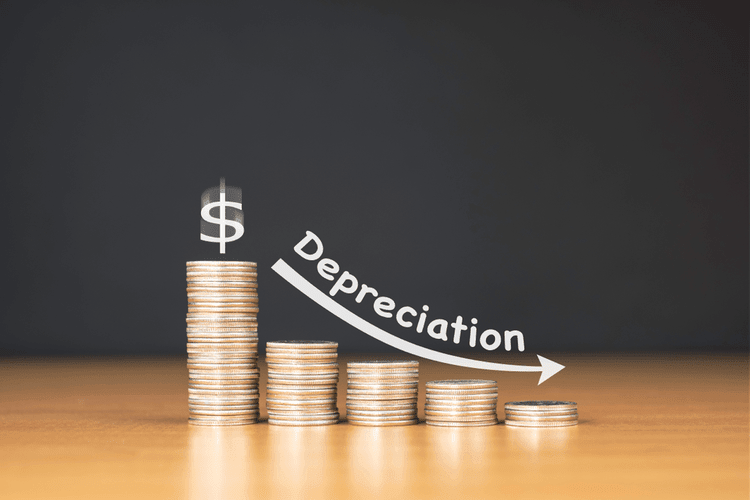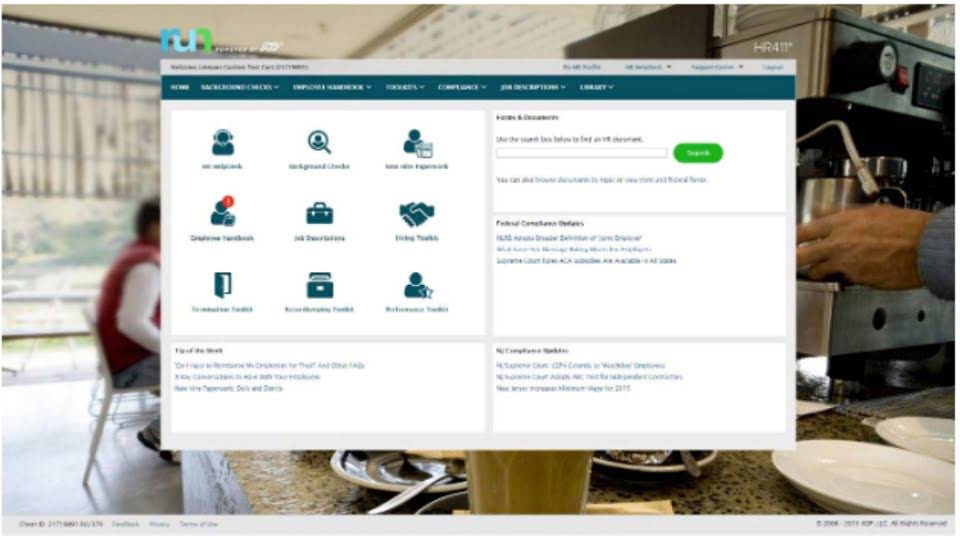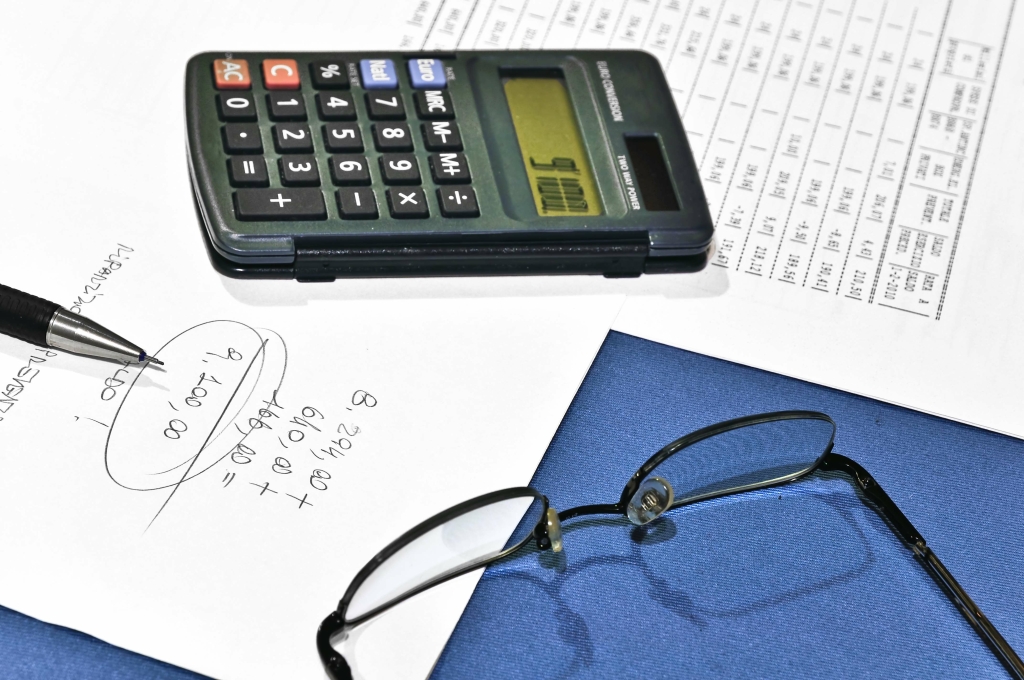
Interest expenses on certain debts can be tax-deductible, which can make the entire process of debt funding much easier and cheaper for a business. This works in the opposite way to dividend payments, which are not tax-deductible. Affordable, quality tax depreciation for residential investors starting from $395+GST.
Depreciation Tax Shield Calculator
Common expenses that are deductible include depreciation, amortization, mortgage payments, and interest expense. There are cases where income can be lowered for a certain year due to previously unclaimed tax losses from prior years. Real options (e.g., flexibility to expand, delay, or abandon projects) interact with tax shields.

What Is Depreciation Tax Shield?
These can impact a company’s balance sheet and income statement, and may require additional disclosure in financial statements. So the tax shield for the depreciation of the machinery is $3,000 per year. This means that the company’s tax liability would be reduced by $3,000 each year due to the deduction of depreciation expense. In these formulas, “Tax rate” refers to the applicable tax rate, which is the rate at which the taxpayer’s taxable income is taxed. For example, if a company has a tax rate of 30%, the tax shield formula would use a tax rate of 0.30.

LTM Revenue (and EBITDA) in 3 Steps – The Ultimate Guide (
For instance, if a company overestimates its future cash flows, it may underestimate the present value of the tax shield and miss out on valuable tax savings opportunities. A tax shield on depreciation is the proper management of assets for saving the tax. A depreciation tax shield is a tax reduction technique under which depreciation expenses are subtracted from taxable income.

For example, if a company incurs $100,000 in deductible expenses and the corporate tax rate is 21%, the tax shield equals $21,000. This calculation provides clarity on how tax deductions translate into savings. The depreciation tax shield works well in asset-intensive companies, like the ones involved in manufacturing, processing, transportation and telecommunication businesses. The present value of a tax shield has a direct impact on a company’s firm value. By reducing a company’s tax liability, tax shields increase its profitability and cash flows, which in turn increase its value. The tax shield is a very important aspect of corporate accounting since it is the amount a company can save on income tax payments by using various deductible expenses.
Tax shields allow taxpayers to reduce their taxable income by deducting certain expenses or costs. This can help to lower their tax liability and increase their after-tax income. In contra asset account general, anyone who is looking to reduce their tax liability and improve their financial situation can benefit from tax shields.

Tax Shield Strategies for Debt Financing
- Get instant access to video lessons taught by experienced investment bankers.
- Then we added the same amount back while calculating cash flows, thus nullifying its effect.
- In the U.S., the corporate tax rate has shifted over the years, with the Tax Cuts and Jobs Act of 2017 setting it at 21%.
- This will again partly offset the income saved from previous tax reductions.
- Assume that the corporate tax is paid one year in arrear of the periods to which it relates, and the first year’s depreciation allowance would be claimed against the profits of year 1.
- Understanding the relationship between depreciation methods and tax regulations allows firms to align strategies with financial goals.
- There are several types of tax shields that companies can utilize, including debt and depreciation.
Alongside her accounting practice, Sandra is a Money and Life Coach for women in business. Now led by Jasmine Teo, who has driven significant growth and innovation over the past decade, TaxShield continues to depreciation tax shield excel. As an Australian-based firm with a team of expert Chartered Quantity Surveyors, we specialise in tax depreciation and offer comprehensive property tax and building finance consulting services.
- In these organizations, the amount of annual depreciation charge is generally immaterial, and hence the amount of resulting tax shield.
- The value of a tax shield is calculated by multiplying the tax rate by the amount of the expense or cost being deducted.
- This can make previously marginal projects more viable, offering a clearer view of potential returns.
- By taking advantage of deductions like mortgage interest, medical expenses, charitable donations, and depreciation, taxpayers can significantly reduce their tax bills.
- This, in turn, makes debt funding much cheaper since interest expenses on debt are tax-deductible.
The total value of a tax shield is going to depend on the tax rate of an individual or corporation and their tax-deductible expenses. In calculating the present value of a tax shield, the discount rate plays a crucial role in determining the current value of future tax savings. The discount rate represents the company’s cost of capital or the opportunity cost of investing in the tax shield. A higher discount rate implies a higher opportunity cost, which reduces the present value of the tax shield. Conversely, a lower discount rate increases the present value of the tax shield.
Tax Shield: Definition, Formula For Calculation, And Example
The Accounting for Churches amount by which depreciation shields the taxpayer from income taxes is the applicable tax rate, multiplied by the amount of depreciation. This tax shield can cause a substantial reduction in the amount of taxable income, so many organizations prefer to use accelerated depreciation to accelerate its effect. Understanding the tax shield formula is pivotal for businesses aiming to optimize their financial strategies.






